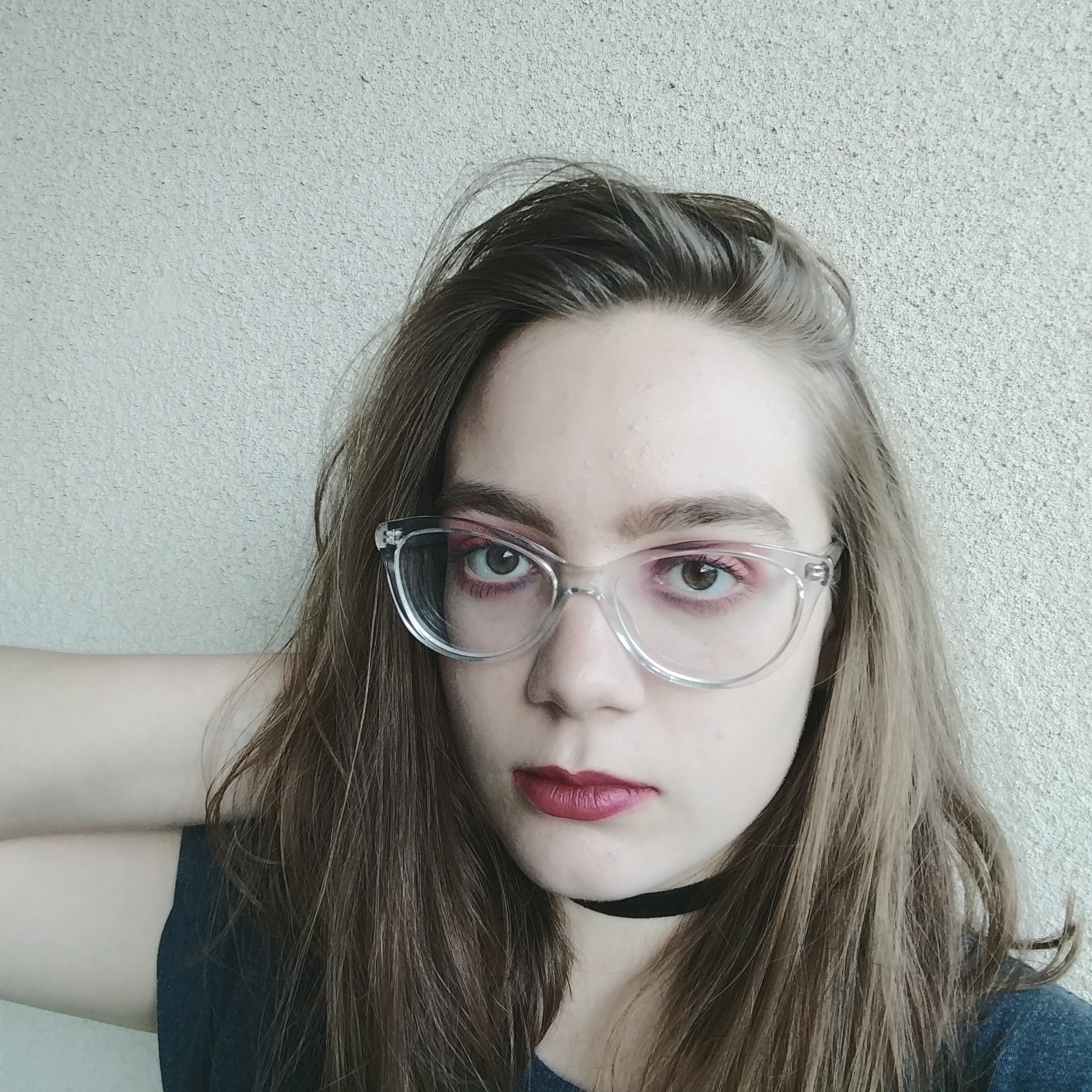There are two qualities that every good nonfiction story – every story that stands out to me, every story that I can’t stop thinking about, that I enjoy rereading again and again – shares, and those qualities are intentionality and subjectivity.
Intentionality is about construction. I want to read stories that are expressed with clarity and ease, stories in which each scene serves a purpose in the narrative and each word perfectly captures the scene the author wants to convey. Intentional writing is simple and unforced. An intentional story has everything it needs to feel complete, nothing excessive, unresolved or unnecessary.
I come from a background in journalism, and the newsroom is where I’ve gotten some of the best writing advice for news articles and for creative nonfiction alike. An editor recently told me: I don’t want obvious details, I want poignant details. Tell me what moved you, what caught your attention: those are the details I want to read. Another editor’s advice: don’t be afraid to declutter a story. Cut scenes or details that don’t serve a purpose or that don’t ‘spark joy’, in the parlance of Marie Kondo.
The second quality, subjectivity, is about content. I don’t just want to know what happened, but how it affected the author. No two people see the same event or person or place the same way, and I want to feel a writer’s unique perspective. I want to know: how was she affected by the events in the story? What relationship does she have with the people and places in the story? Where do they fit in her personal narrative?
Our relationships make us human. We change and define ourselves in relation to them, and we seek connection with and acceptance from them. Our subjectivity makes us human, too. We can never experience what it’s like to be anyone other than ourselves, but stories allow us to imagine and to empathize. That’s what I want out of a good story: not just to know that something happened, but to feel how it affected the person who experienced it.

Ellen O’Brien is the nonfiction editor for Issue 23. She’s a senior at Arizona State University pursuing a double major in journalism and philosophy with a minor in Arabic. She’s passionate about photography, literature, foreign policy and epistemology. After graduation, she plans to pursue a job in photojournalism or news editing and to attend law school.


 Bio: Megan Bromley is the student Poetry Editor for Superstition Review’s 20th issue. She is a junior studying Creative Writing and Astrobiology, and is also active in the marching band as a piccolo player. She enjoys all things chaotic and/or musical.
Bio: Megan Bromley is the student Poetry Editor for Superstition Review’s 20th issue. She is a junior studying Creative Writing and Astrobiology, and is also active in the marching band as a piccolo player. She enjoys all things chaotic and/or musical.